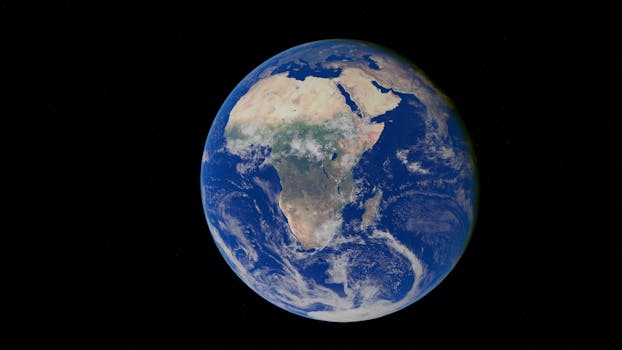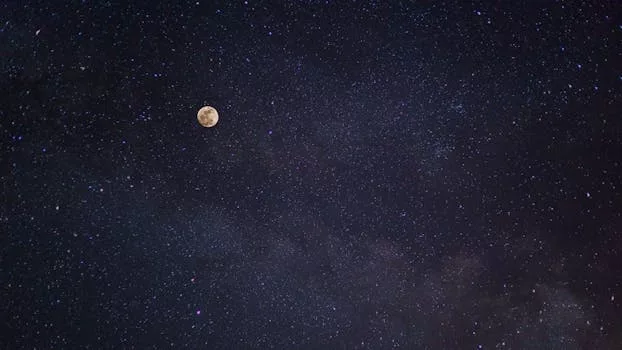
“
From Stardust to Dreams: Imagining Life Beyond the Stars
Introduction to the Cosmos
From Stardust to Dreams: Imagining Life Beyond the Stars is a journey that takes us through the vast expanse of the universe, exploring the possibilities of life beyond our planet. The universe is made up of billions of galaxies, each containing billions of stars, and potentially, billions of planets. The formation of the universe is a complex and still somewhat mysterious process, but scientists believe that it began around 13.8 billion years ago with the Big Bang. This event marked the beginning of the expansion of the universe, which continues to this day.
The universe is still expanding, with galaxies moving away from each other at incredible speeds. This expansion is thought to have begun with the Big Bang and has continued ever since. As the universe expanded, matter began to come together, forming galaxies, stars, and eventually, planets. Our own solar system is just one of billions in the Milky Way galaxy, and the potential for life on other planets is a topic of ongoing research and debate.
The Search for Life Beyond Earth
The search for life beyond Earth is an exciting and rapidly evolving field of research. Scientists use a variety of methods to search for life, including studying the atmospheres of distant planets for signs of biological activity, searching for radio signals from other civilizations, and exploring the surface of planets and moons in our own solar system. The discovery of exoplanets, which are planets that orbit stars other than the Sun, has revealed that planets are common in the universe, and many of these planets are believed to be located in the habitable zones of their stars, where conditions are suitable for life as we know it.
One of the most promising areas of research is the study of exoplanet atmospheres. By analyzing the light that passes through an exoplanet’s atmosphere, scientists can determine the composition of the atmosphere and search for signs of biological activity, such as the presence of oxygen or methane. The discovery of biosignatures, or signs of life, in an exoplanet’s atmosphere would be a major breakthrough in the search for life beyond Earth.
Imagining Life Beyond the Stars
As we continue to explore the universe and search for life beyond Earth, we are forced to confront our own place in the grand scheme of things. The possibility of life on other planets raises fundamental questions about the nature of existence and our role in the universe. If we are not alone in the universe, what does that mean for our understanding of ourselves and our place in the universe?
Imagining life beyond the stars is a thought-provoking and humbling experience. It challenges us to think about the possibilities of life in all its forms, from the simplest bacteria to complex, intelligent beings. It also forces us to confront our own limitations and the limitations of our current understanding of the universe. As we continue to explore and discover, we may uncover new and exciting possibilities for life beyond our planet.
Takeaways
- The universe is vast and complex, with billions of galaxies, stars, and planets.
- The search for life beyond Earth is an ongoing and rapidly evolving field of research.
- The discovery of exoplanets and the study of their atmospheres are key areas of research in the search for life beyond Earth.
- Imagining life beyond the stars is a thought-provoking and humbling experience that challenges us to think about the possibilities of life in all its forms.




